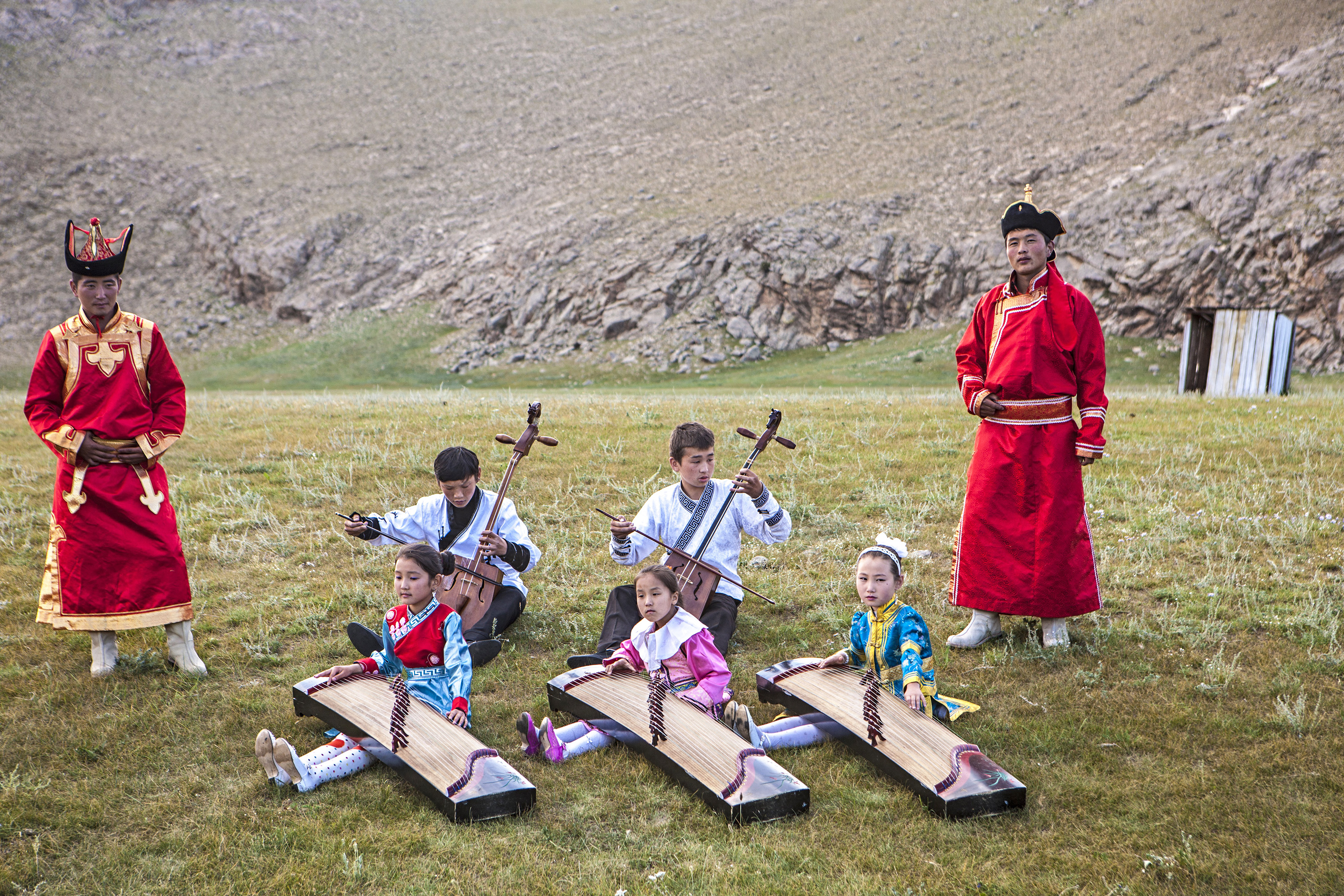
He distrusted an abstract Enlightenment universalism: a universalism that in Frederick’s Prussia went hand in hand with an aggressive foreign policy and was later highjacked by Napoleon. In Auch eine Philosophie der Geschichte zur Bildung der Menschheit (1774), Herder wrote that humanity needs a true, diversity-embracing cosmopolitanism, not abstract postulations. “Freedom, sociability, and equality as they are now sprouting up everywhere—they have caused harm and will cause harm in a thousand misuses. ... The universal dress of philosophy and love of humankind can hide oppressions, attacks on the true, personal freedom of human beings and lands.” (Trans. Michael Forster)

Today, Romanticism inspires national and regional belongings. Romanticism’s link with nationhood is well-known. Less explored are regional belongings above the national level but below human universality. Here we find the world region, which serves as the object of the pan-regionalisms deriving from the dawn of the twentieth century.
These pan-regionalisms are reemerging in new forms throughout Eurasia. Hungary, for example, hosts the biannual Kurultaj, a pan-Turanic event where Hungarians and Turkish and Central Asian guests celebrate their Turanist roots—in costume, on a field, and with horses. Quite the retro Romanticism. Of course, the Turanic identity is, to a large extent, a creative construction, but any identity above that of the family is. Let the imagination open pathways of solidarity.

Meanwhile, Chinese intellectuals are again enthralled by Pan-Asian motifs. Traditional Pan-Asianism painted a dualism of a domineering West and a harmonizing Asian East and called upon Asians to unite in resistance to Western hegemony and for world harmony. In a 1924 speech in Kobe, Japan, Sun Yat-Sen, father of the modern Chinese nation, celebrated Asian brotherhood and contrasted the Western “Rule of Might” (bàdào) to the Eastern “Kingly Way” (wángdào), applying a conceptual pair from Mencius and Xunzi.
Presently, the concept of wángdào has returned to Chinese political theory. Also back is Eastern harmony, now more specifically represented by China. Philosopher Jiang Shigong, for example, claims that “Chinese culture always seeks to find unity within antagonism, creating a pluralism based on ideas of harmony” (Philosophy and History, 2018). This spirit of harmonious pluralism is thought to counter an American hegemony masked as liberal universalism. We are back. Though transmitted through traditional Chinese concepts, Jiang’s particularistic opposition to US unipolarity echoes Herder’s opposition to French universalism.
The author is a Dutch sociologist and Visiting Fellow at the Danube Institute